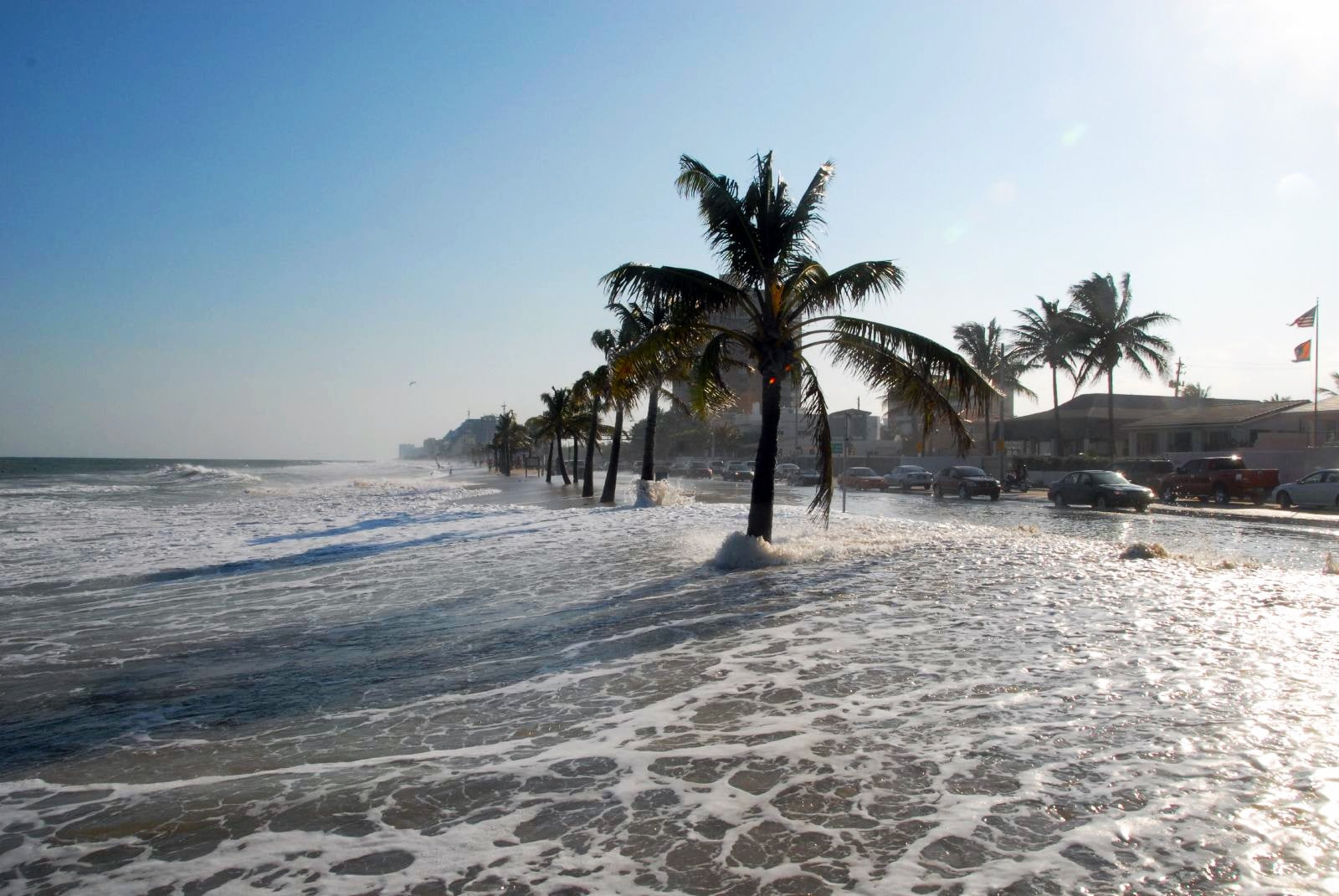Mahanadi Delta Region At Risk From Rising Sea Level: Study

New Delhi: In an ominous sign for Odisha, a premier scientific body in the country has warned that the rising sea level could pose a threat to the Mahanadi delta region along with irrigated land, urban and other settlements in it.
The Hyderabad-based Indian National Centre for Ocean Information Services, in its study has raised fears about the deltas of Ganga, Krishna, Godavari, Cauvery as well because of the swelling sea due to global warming.
The study, the findings of which were placed before the Parliament on Friday, said the sea level could rise anywhere between 3.5 to 34.6 inches till the end of the current century.
Cities such as Mumbai in the western coast, deltas in the east and vast stretches of the western coastline could be most vulnerable, it said. The rising sea level would impact coastal Odisha along with the Mahanadi delta region. The upper part of the Mahanadi delta plain is heavily populated and as per estimates, the population density exceeds 36 people per square kilometer, although it falls moving towards the coast.
The projected rise could result in coastal groundwater turning saline, endangering of wetlands and inundation of valuable land and coastal communities, Minister of State for Environment Mahesh Sharma informed the Parliament in a reply.
Noted environmentalist Jaya Krushna Panigrahi couldn’t not agree less. “The sea water ingress will be bad for agriculture, significantly reducing productivity of the fertile land due to the level of salinity. Besides, the rich bio-diversity of the river mouth ecosystem will be impacted, he said. River mouth is a mixture of fresh water and sea water, making it a specialised system, something which will be adversely affected. Coastal towns such as Puri and Paradip could also be in danger along with the mangroove forest, he pointed out.
Is there a way out then to prevent this danger?
According to Prof Panigrahi, policy initiatives and adoption to innovation can go a long way in mitigating the suffering. The government’s target of generating 40 per cent electricity from non-fossil fuel by 2035 is another step forward, he strongly felt.
The threat posed by sea level has direct implications for India’s food security as hundreds of millions of people are dependent on river water systems that could be adversely impacted by the possible inundation and rapid changes in the ecosystem, the study said, something which Prof Panigrahi also touched upon. The study and the findings have been presented to the UN Climate body.
While the findings have left experts worried, a separate study by World Meteorological Organisation revealed that the global mean sea level from January to July 2018 was around 2 to 3 mm higher than for the same period in 2017. The WMO report attributed yearly changes in sea level to changes in ice-sheet loss, land storage of water and variations in ocean temperature.
Talking about India, WMO said that half the population is likely to be affected by climate change impacts. Rising sea level is also likely to flood 78 cities in the country if the global mean temperature (GMT) increases from 1.5 to 2°C from the pre‐industrial level.
The Inter-governmental Panel on Climate Change special report in October this year also said that there is no safe level of global warming and sea levels would continue to rise for centuries even if we cap warming at 1.5°C above pre-industrial levels.

Comments are closed.